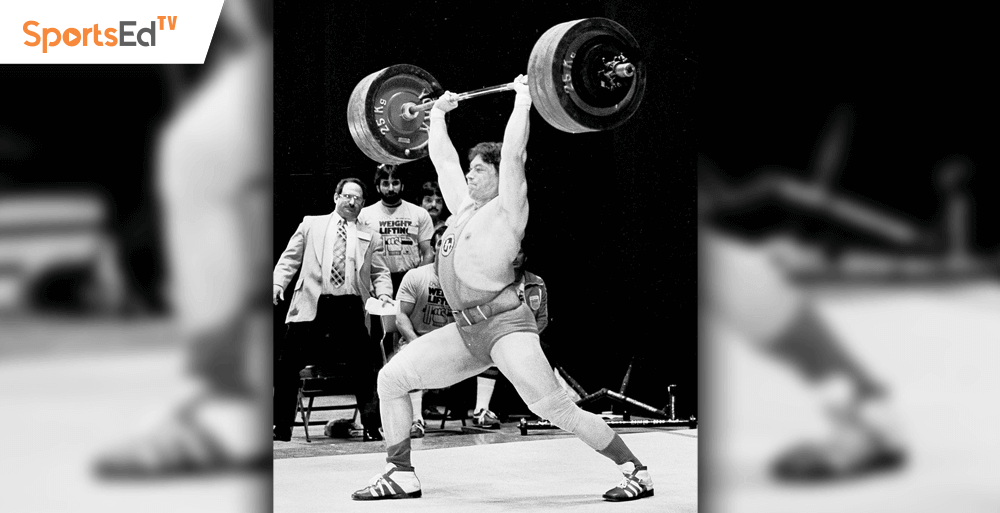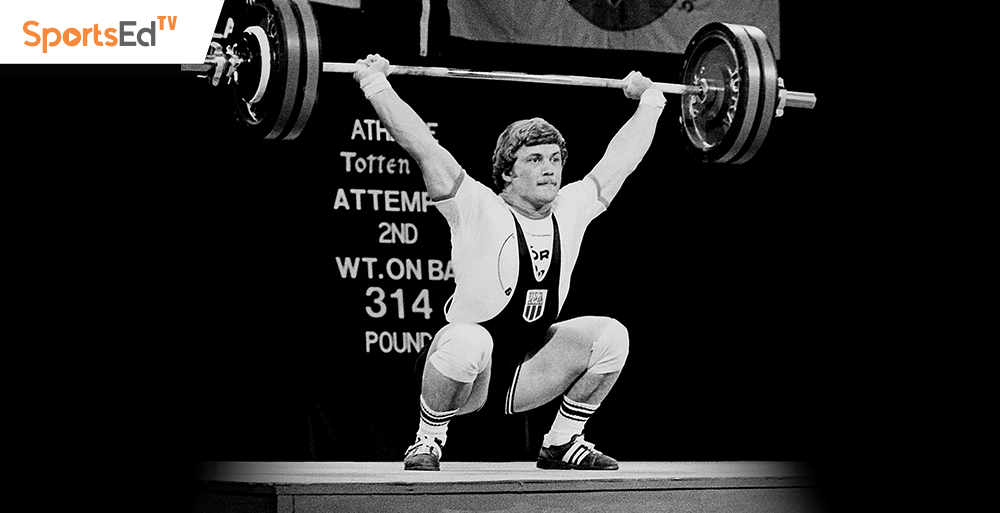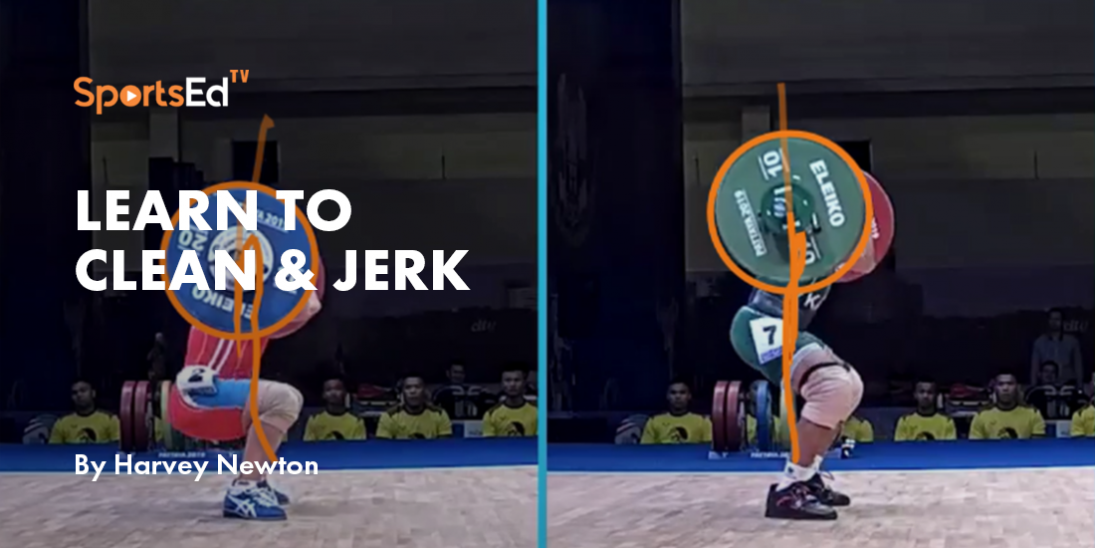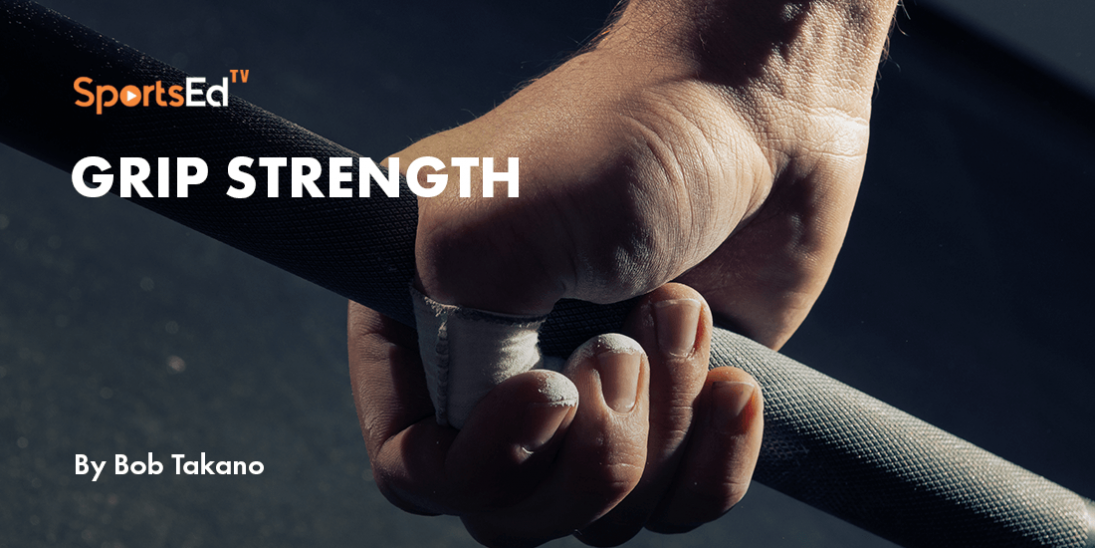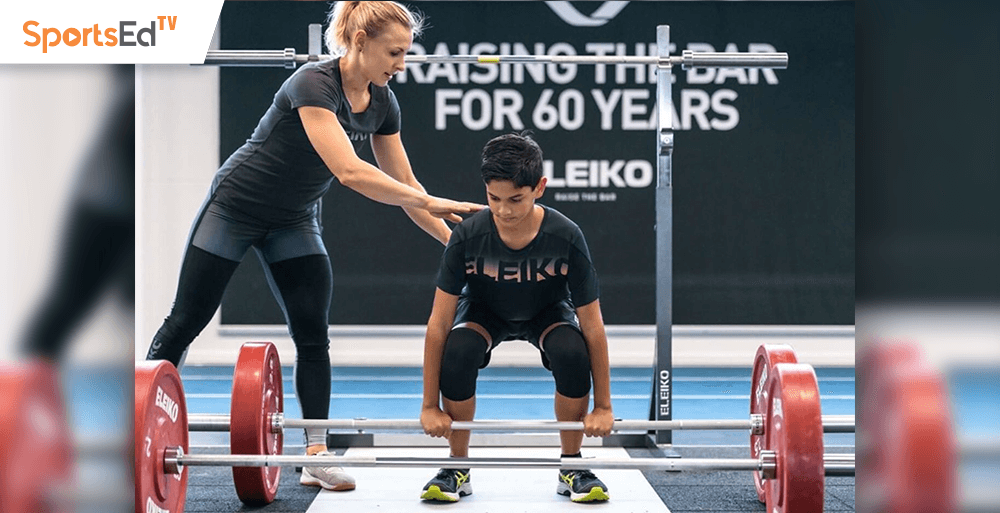Weightlifting
Welcome and thanks for visiting...

Are You a “Type I” Lifter? by Brian Derwin

The original (1987) USA Weightlifting coaching manual on technique referenced three distinctly different body types. Type I was a lifter with long arms and legs, along with a short torso. Although this is not the common anthropometric profile for elite weightlifters, by making certain technique and training adjustments such a lifter may end up as an Olympian.
Brian Derwin, a 1980 USA Olympian, and coach of Team Spartacus (MN) addresses the challenges related to teaching effective weightlifting technique with this body type.
This blog addresses the Type 1 athlete, a lifter with long femurs (thigh bones) and a short torso. Often, this lifter also has longer-than-average arms. This is a great combination for deadlifts, but it does present challenges when learning the snatch or the clean. I think this body type presents the most challenges as opposed to a Type 3 (short femur/longer torso) or Type 2 (moderate femur and torso). Here, I deliberately chose to address the snatch since these correct and incorrect positions are the most dramatic. Something similar happens in the clean.
The Problem
The Type I lifter’s long legs and short torso make a steep starting position difficult to obtain. A Type 1 athlete must adjust to a slightly different starting position, which I will explain soon. Below are the two common starting errors I encounter with Type I lifters.
 |
| Shoulders behind bar (start) |
Due to his/her relatively short torso the Type 1 lifter often starts with the shoulders located behind the bar. The shoulders then stay behind the bar through the entire pull. Ideally, we want the bar to leave the floor and go back a bit as it rises. As the bar is elevated the shoulders should stay over, or slightly in front of, the bar.
 |
| Hips too high (start) |
The opposite mistake is to have the hips too high at the start. Here the athlete uses more hamstring/erector strength, leaving the torso angle nearly parallel to the floor. This leads to a rather pendulum-like barbell trajectory. This swinging action makes heavy lifts hard to catch and secure.
 |
| Shoulders behind the bar (end of 1st pull) |
The athlete that starts with the shoulders behind the bar continues out of position. I find they leave the bar in front or have a heavy loop, losing the snatch behind.
 |
| Hips too high (end of 1st pull) |
Starting with the hips too high, the athlete uses much more rotational force which bleeds off speed to get vertical after the big rotation.
Adjustments for the Type I Lifter
Now let’s look at the sequence of adjusted positions that will lead to greater performance.


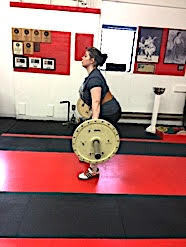


Notice that the angle of the back (shoulders/hips) stays steep and becomes steeper as the bar goes up. This dramatically improves a crisp catching position with limited swing. The first 3 positions show the shoulders directly over the bar and the last two photos shows the shoulders going behind the bar at the end of the 2nd pull. This shows a good blend of vertical and rotational speed leading to a solid receiving position.
Train Your Weak Spots
We have given you the ability to diagnose Type 1 snatch technique challenges. Now, we need to present some solutions and useful remedial activity. The following is how I have dealt with these Type 1 issues.
If the flaw is “shoulders behind the bar too soon,” I’ll assume leg strength is good, but the posterior chain needs some work. I use the following exercises for this:
- Romanian Dead Lift (RDL): Target about the same weight as back squats as the target 100%
- Romanian Dead Lift with snatch grip: A wider grip makes this a wider range of motion and a change of pace
- Elevated Romanian Dead Lift: This also yields a change of pace. These are done on a section of DC Blocks that the athlete stands on while doing the RDL.
- Snatch Starts (1st pull or lift-off): Finish at the knees, or the power position
- Elevated Snatch Starts: I use these often, too, since this exaggerates the movement and is rather specific
- Glute-Ham Raise (GHR): This is another posterior chain exercise. I often have folks do these 4 or 5 times per week. Keep an eye on the weight the athlete uses, since too much weight can trash the lower back.
If the flaw is “hips too high,” I’ll assume leg strength is lacking. I use the following exercises to correct this:
- Back Squats (BS)
- Front Squats (FS)
I hope this proves useful! Let us know how it works.




